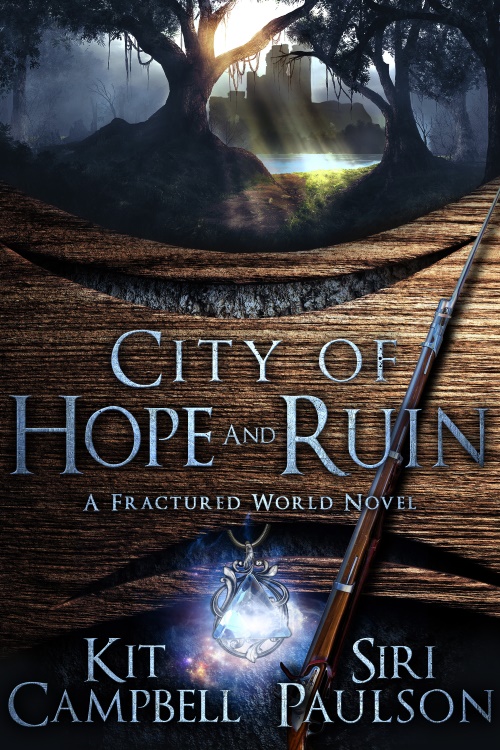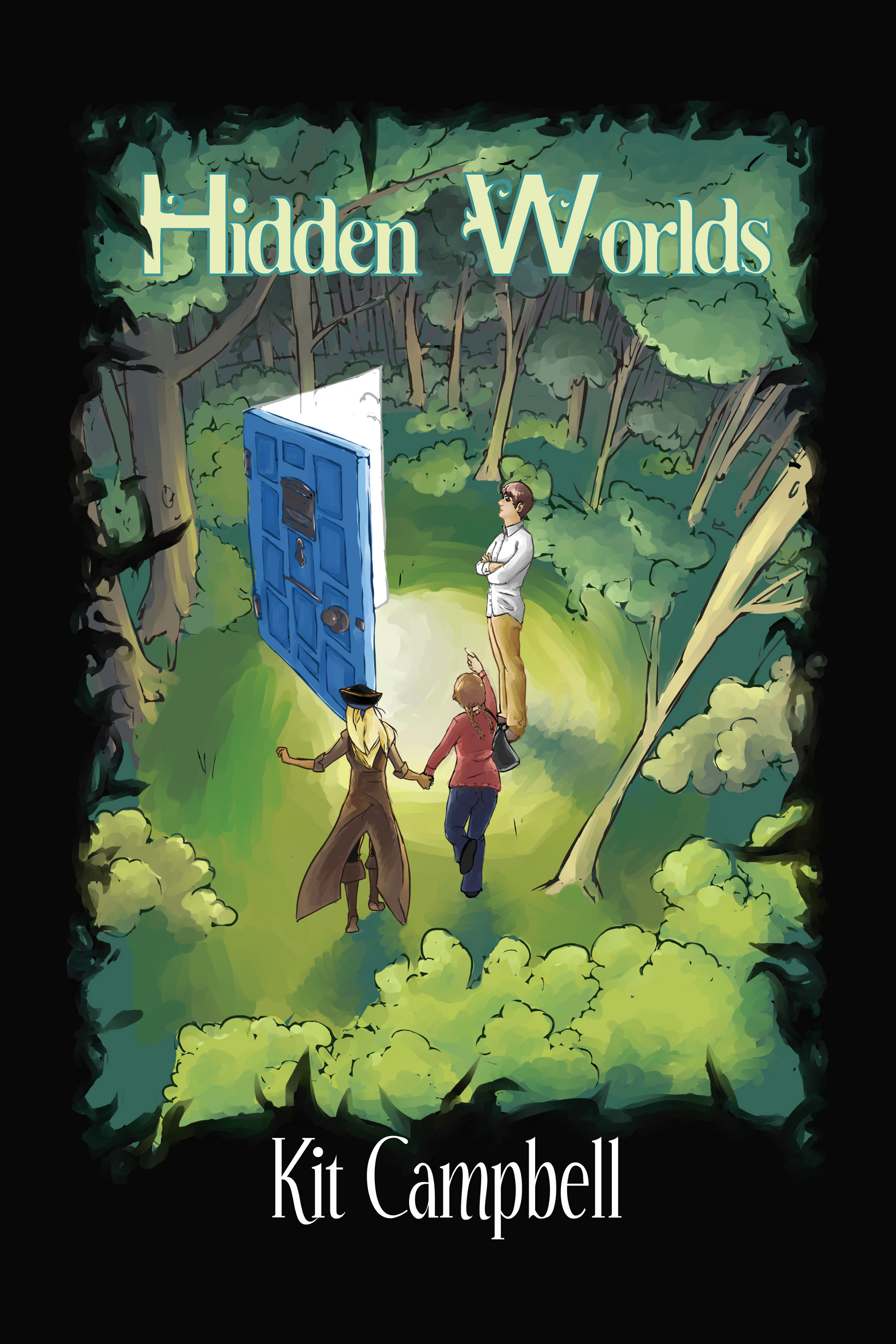Buckle up, squiders. Here we go. The Plot Archetype. The one everyone thinks of when they think of master plots and plot archetypes. What the Hero’s Journey is patterned after. THE QUEST.
7 Plots: The Quest
20 Plots: The Quest, Pursuit, Rescue, Escape, The Riddle
36 Plots: Ambition, Recovery of a Lost One, Pursuit, Deliverance, Abduction, Enigma
(As a note, the 36 plots, in the taxonomy I’m using, developed by Stephen R. Southard, link to the 20 plots rather than the 7 plots. So he actually includes Recovery of a Lost One as both a The Quest connection and a Rescue connection. Enigma links to The Riddle. And so forth.)
As the name suggests, the protagonist, either on their own or because fate dictates it, sets out on a long journey to rescue someone/find something/fall in love, etc., and along the way finds new companions, discovers things about themselves, overcomes challenges, and is usually ultimately successful.
Examples: The Odyssey, The Lord of the Rings, Finding Nemo, The Wizard of Oz, Raiders of the Lost Ark, Monty Python and the Holy Grail
The Quest is actually the first on the list of 20 plots, which tells you something. It’s very similar to the 7 plot definition of the Quest, though expressed more vaguely, as someone who is searching for something. In the 36 plots, Ambition and Recovery of a Lost One are linked to The Quest (20 plots version). We talked briefly last week about Ambition as a tenuous link to the Rags to Riches archetype, but as a reminder, the Ambition archetype is where someone seeks something (usually to better themselves), though there is sometimes also a rival searching for that same thing. (Think, if you will, Raiders of the Lost Ark, where Indiana Jones is trying to find the Ark before the Nazis do.) Recovery of a Loved One is, as it sounds, a story where the quest is to recover a loved one specifically, such as in Finding Nemo.
Our next 20 Plot is Pursuit. This link is a little tenuous for me. Pursuit is where the protagonist is trying to catch someone, or is fleeing from someone trying to catch them. Trying to catch someone feels more Quest archetype to me (searching for a person), and I guess you could argue that fleeing is searching for, oh, freedom or safety or something along those lines. The main point of the Pursuit archetype is the chase. Examples of the Pursuit archetype are things like The Hunt for Red October, Catch Me if You Can, Terminator, and I’m sure some books that are not coming to mind at the moment. Likewise, the 36 Plot version of Pursuit involves a chase, though it focuses more on someone fleeing specifically from a misunderstood conflict, such as Les Misérables or The Fugitive.
Onward to Rescue, which fits better. This can be defined as a quest to retrieve a person (or pet, I suppose). I don’t think I need to define this one too deeply–we all know what rescue means. Examples: The Rescuers (and Rescuers Down Under), Taken, etc. The 36 Plots connected are Deliverance, Abduction, and Recovery of a Loved One (again, for obvious reasons). We’ve talked about Recovery of a Loved One up above. Deliverance is where, hey, someone is delivered from a punishment. In other words, they’re rescued. (The protagonist is doing the rescuing.) Abduction is the opposite–where someone is taken. (Though they may be rescued in the end.)
Escape doesn’t have a 36 Plot link. In an escape plot, the protagonist is trying to escape (eyyyy) a situation. Think every prison break movie ever. Escapes that happen near the beginning or middle of the story also count. In these cases, the rest of the story often includes the challenges in trying to get to safety.
Lastly, we have the Riddle and the associated 36 Plot Enigma. The Riddle includes following clues and solving puzzles to find something or solve a mystery. (Think The Da Vinci Code.) The Enigma is similar but different, where the protagonist is challenged with a riddle or some other puzzle which they must solve (or they get eaten, I suppose). More Oedipus and the Sphinx than an ongoing thing.
I can understand why the taxonomy puts The Riddle/The Enigma here, as riddles and other puzzles are often part of Quest stories. I will note, however, that Booker (the 7 plot guy) actually has 9 plots–he just doesn’t like 2 of them. One of those two is “Mystery”–which would also be a good master plot to match The Riddle and the Enigma to.
All right, squiders! That’s The Quest and all its sundry and variations. What are your favorite quest stories?



